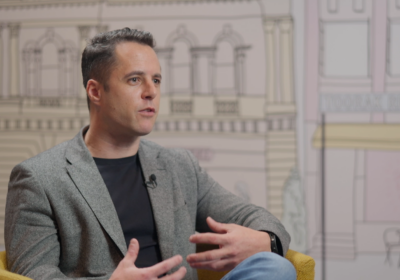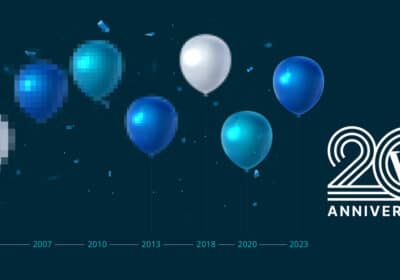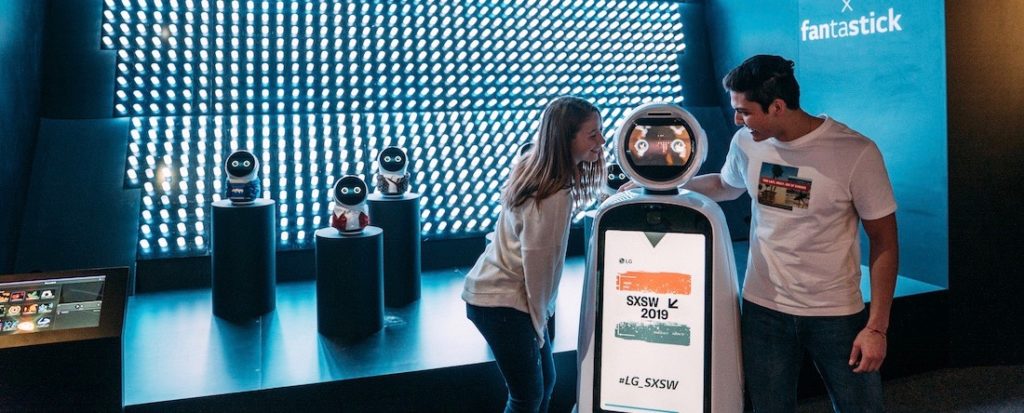The gee-whiz stage of marketing technology is over, and now it’s time for tools such as artificial intelligence to adapt to ethical concerns. That was one of the currents flowing through discussions during the interactive portion of this year’s South by Southwest festival.
In conference panels, keynotes and discussions on the sidelines, marketers and media professionals agreed that the use of data and technology in marketing demands new uses and tactics as it moves into a more mature stage of its evolution.
Rather than introduce new technologies, many panels wrestled with their implications, from propagating the biases of their programmers to ethical and social issues reflected in the uses of data and new AI tools.
“The people who understand this world are the 1% of the 1%,” said Elizabeth Lukas, CEO The Americas at Decoded. The use of data to profile consumers, the value exchange between “free” social platforms and their users and the way data is monetized by those platforms and how various platforms connect humans are all topics that the public should be aware and conscious about.
“We’re on a journey and it’s our responsibility to ask these companies,” said Lukas. “It requires us all to participate and not just assume a large company has our best interests at heart or our government has our best interests at heart.”
For marketers, training in technology and ethics may be the next step to keep the use of data, geolocation, tracking and other tactics on the safe side of consumer privacy, said some speakers.
“I think we will get to the point where we will have to help people understand how and when it will be used,” Christina del Villar, global head of marketing, enterprise, at educational company Udacity. “At the end of the day, I’d like to think as a society we will be monitoring and push people in the right direction.”
Technology comes from people
Diversity—by race, ethnicity, gender identity and disability—was one highlight of the action in the SXSW stages. Many addressed the inherent bias of certain technologies and the unconscious bias brought by content creators and how to deal with them.
Technology comes from people, said David Dylan Thomas, principal, content strategy of experience design firm Think Company. More diversity among digital creators and storytellers can create new ways of reaching consumers, or simply tell old stories in a new, more engaging way, said Thomas.
His panel dealt with the ways to avoid cognitive biases in applying new media and technology to the creative process. As an example, he said the movie Black Panther used the same superhero tropes, but told them from a new perspective, which made it seem new.
“The hot new technology is diversity,” said Thomas. “When we change who is building, we see growth by leaps and bounds.”
Two years after the Cambridge Analytica scandal shook up media and marketing, self-reflection loomed large in many discussions at SXSW. Trust issues—in media, in brands, in social influencers, in technology—were a recurring topic.
“We’re more divided than ever. Information is dividing us more. We don’t trust politicians or friends or family,” said Jamie Gilpin, CMO of Sprout Social.
“The seeds of discontent were sown a long time ago…. But we love our brands,” said Mike May, VP-Strategy of Huge DC. Consumers can make their voices heard at the ballot box every few years, but “you can make your voice heard voting with your wallet every day.”
Many brands wish they could remain neutral on issues, but they’re not given the chance, he said: “The NFL would love to remain neutral and be a football brand.”
Consumers do want brands with purpose, but transparency is a higher value to them, said Gilpin. They need to be more transparent about their goals, their mistakes, their pricing and their management, she said.
Many consumers say they want to own their data and protect it, but there are no solutions to protect it yet, said Mike Kriak, media circle global lead of blockchain company ConsenSys. “It’s an incredibly complex reality that needs to be developed.”
“We need to learn this”
Technology takes time to be mastered, and it’s impossible to create something without considering the medium it is created for, said Nick Law, global chief creative officer of Publicis. “Creative people need to be a part of the future and crafting these new experiences,” he said.
Computing has accelerated the pace of creativity and challenged agencies to keep pace, he said: “We should be the only industry that can do that—that can wake up completely different the next morning.”
In his keynote on creativity, Law noted each medium uses the grammar of what came before until it develops its own language—early film looked like theater and early TV looked a lot like radio, while early Internet looked like print and TV until it started to focus more on narrative and design. Agencies have to reshape their teams accordingly, he said. Rather than the traditional copywriter/art director pairing, it needs teams built for design innovation and user experience.
“Change is a design problem,” said Law. Sometimes that will mean building a product or technology; if not, the client will take that budget and give it to a young startup that can do it, he said.

“It’s not technology, it’s our medium,” said Law. “We need to learn this”
The adoption of technology should take a break to think about humans and the unintended social consequences of managing marketing by algorithm, said several speakers. Consumers are frankly overloaded with content and have a hard time evaluating it, they said.
“How we’re changing is not necessarily in a good way,” said digital analyst Brian Solis. He was there launching a book, Lifescale: How to Live a More Creative, Productive and Happy Life, which essentially argued digital media have hacked the human brain.
“What if you took a step back?” he asked marketers. They should ask themselves “How could I add value that person’s life? … Could we build better technology?”
Unfortunately, as several speakers noted, marketers don’t have the luxury of spare time. They’re playing catch up with technology, with everything from AI and quantum computing coming at them; they need to “press pause,” said Solis.
“This is a time for humanities,” he said. “Bringing social sciences into the mix; all these things add up to understanding what’s happening.”
Science has also a place here, specifically neuroscience, said Neil Davidson, managing director of HeyHuman. Neuromarketing gets a bad name “like it’s a dark art” but it can help engage consumers effectively while avoiding that cognitive overload, he said: “There’s too much content, a lot of content not well-made.”
Technologies like personalization “may seem a little Big Brother-y, but it will clear out a lot of the junk,” said Udacity’s del Villar.
“Moderation in all things,” said Mike May, of Huge DC. “When do you use technology instead of other things and when to augment the human experience?”
Want to hear from these and other SXSW speakers? Check out Velocitize Talks and our YouTube channel.





Join the conversation